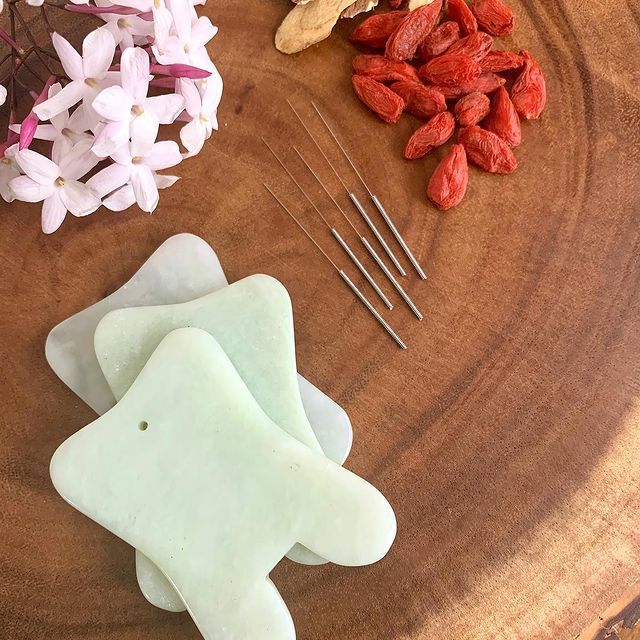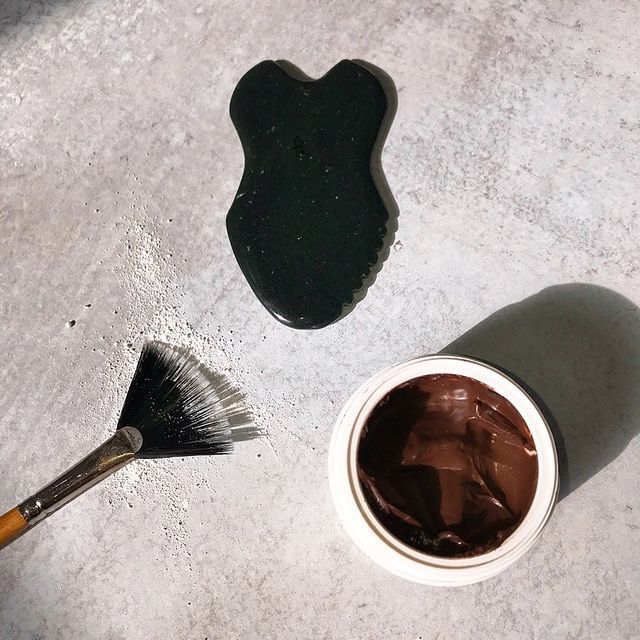In recent years, the popularity of gua sha (pronounced gwā sā) has risen rapidly in the skincare and wellness realms. While the traditional Chinese medicine practice has been around for centuries, much of the history and meaning behind the technique has been lost to the carnivorous beauty industry. Between its effective remedy for swollen or red skin and its longstanding track record of usefulness in Eastern medicine, gua sha offers a myriad of benefits for one's skin and health. However, before diving into the craze, it's important to understand its significance beyond being the hottest new beauty "trend."
What is gua sha?
In traditional Chinese medicine, gua sha is commonly used to alleviate muscle soreness, pain, and certain illnesses, as well as increasing the body’s blood flow by scraping a tool, stone, or one’s own hands across certain areas of the body. This practice, and other areas of Chinese medicine, have been passed down for generations and are based on the idea of a connection between one's mind, body, and energy (qi).
For beauty purposes, facial gua sha implements the same methods used on the body to improve skin issues like redness, wrinkles, muscle or joint pain, and elasticity.
How do you use it?
When practicing gua sha on your face, keep the pressure light. The primary way to use the tool is in a gliding motion against your skin, always pulling up. It's important to remember to glide with the flat side of the stone rather than the slender edge-about a 30-degree angle. While many recommend refrigerating jade rollers for a cooling sensation to soothe puffy skin, gua sha tools should be warmed in water to increase blood flow and the body's healthy qi.
Cultural Meaning and Appropriation
While the practice finds its roots in Eastern wellness methods, the beauty industry has co-opted the concept for its own fortune.
Of the many tools used, the most popular-which many traditional Chinese medicine practitioners still use today-are flat jade and rose quartz stones. However, it’s no coincidence that these two stones are also the most common types of beauty rollers, which many brands claim help reduce swelling and puffiness of the face, similar to gua sha. Though most brands don't claim their beauty rollers as gua sha tools, the adjacency is clear.
Not only do these products fail to give credit to the wellness practices of Eastern healers, even beauty companies that sell actual gua sha tools often don't their customers on the cultural relevancy of the practice within traditional Chinese medicine. As a result, many have questioned whether the beauty industry’s exclusion of this information constitutes cultural appropriation.
By not acknowledging the history behind these tools, as well as their proper uses, brands spread misinformation by omission. While many see gua sha as a beauty trend, in fact, it's an important part of Chinese medicine with a rich history of studied healers behind it.
Gua Sha Tools from Traditional Chinese Medicine Practitioners
















